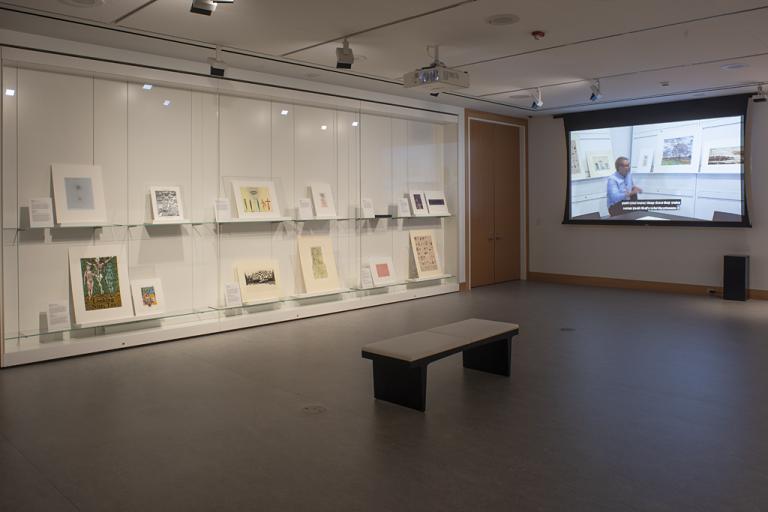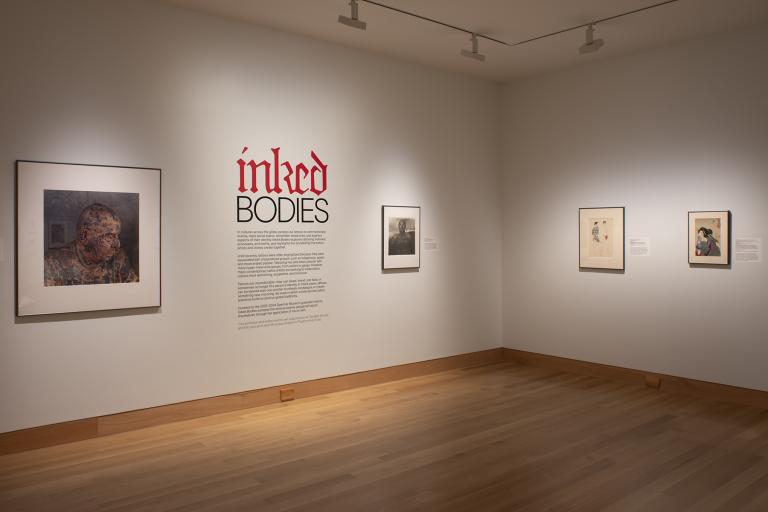The Funnies, Don Ed Hardy
Artwork Overview
Don Ed Hardy, artist
born 1945
The Funnies,
2002
Where object was made: United States
Material/technique: wove paper; color etching
Dimensions:
Plate Mark/Block Dimensions (Height x Width): 200 x 103 mm
Plate Mark/Block Dimensions (Height x Width): 7 7/8 x 4 1/16 in
Sheet/Paper Dimensions (Height x Width): 285 x 260 mm
Sheet/Paper Dimensions (Height x Width): 11 1/4 x 10 1/4 in
Mat Dimensions (Height x Width): 19 x 14 in
Plate Mark/Block Dimensions (Height x Width): 200 x 103 mm
Plate Mark/Block Dimensions (Height x Width): 7 7/8 x 4 1/16 in
Sheet/Paper Dimensions (Height x Width): 285 x 260 mm
Sheet/Paper Dimensions (Height x Width): 11 1/4 x 10 1/4 in
Mat Dimensions (Height x Width): 19 x 14 in
Credit line: Gift of the KU Art Department, Intaglio Area
Accession number: 2002.0196
Not on display
If you wish to reproduce this image, please submit an image request




